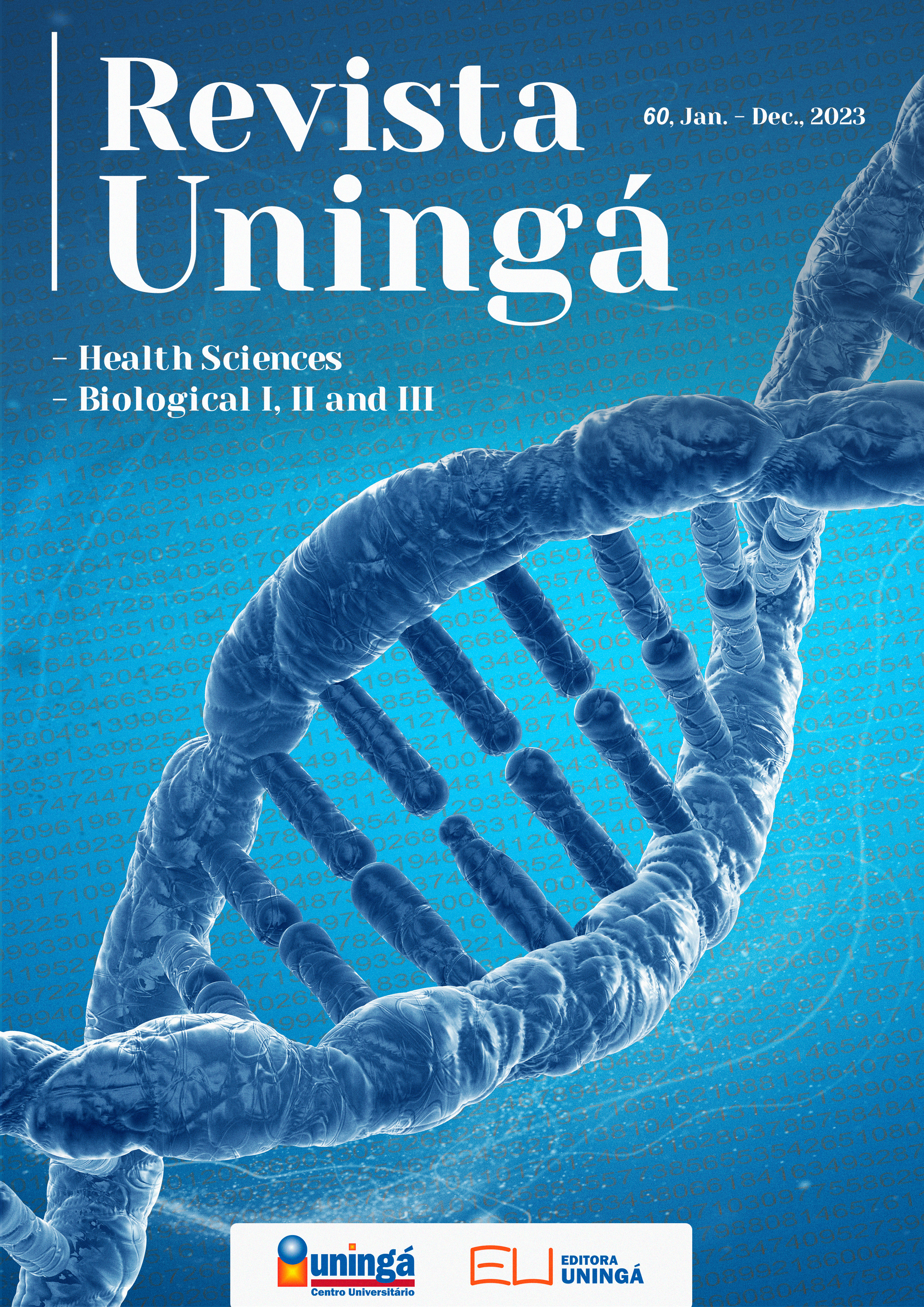Advantage of the use of oxyreductive dye and automated reading in the determination of pharmaceutical activity in bacteria of medical importance
DOI:
https://doi.org/10.46311/2318-0579.60.eUJ4398Keywords:
Automated reading, Dyes, Escherichia coli, MIC, Staphylococcus aureusAbstract
Urinary Tract Infections (UTIs) are frequent bacterial infections in Brazil, with the Escherichia coli and Staphylococcus aureus bacilli being the most common. In the context of the pandemic caused by the SARS-CoV-2 virus, hospital infections have gained prominence, as they have been considered aggravating factors for the disease and have increased mortality rates. In this context, rapid and accurate diagnosis is essential in order to reduce costs, therapeutic errors, and development of resistant strains due to the inappropriate use of antimicrobials. The antibiotic sensitivity profile is determined by the Minimum Inhibitory Concentration (hereinafther, MIC), and the result is obtained from the observation of turbidity in the microplates with the naked eye. This technique has been improved with the use of redox indicators that can facilitate the interpretation of results through color changes. Thus, this study aimed to evaluate the performance of three dyes incorporated in the MIC for E. coli and S. aureus bacteria, in order to adopt them in routine laboratory work and to provide a better cost-benefit ratio as well as more appropriate reading. The visualization was based on the color change of the dyes and in the analysis of the absorbances emitted by a spectrophotometer, which were used in specific calculations for graph preparation. The results showed that it was possible to determine the MIC of the above-described bacteria in a minimum time of 40 minutes and to conclude that the indicators and automated reading facilitate the interpretation of bacterial growth.
Downloads
Downloads
Published
How to Cite
Issue
Section
License
Copyright (c) 2023 Revista Uningá

This work is licensed under a Creative Commons Attribution 4.0 International License.
I declare/we declare that the text submitted here is original, of my own authorship and does not infringe any type of third party rights. The content is my/our sole responsibility. Possible research involving animals and/or human beings is in accordance with Resolution 196/96 of the National Health Council and its complements. I declare that I am/we are in possession of the written consent of patients and that the research and its procedures were timely and adequately approved by the Ethics Committee of the institution of origin. We further declare that all institutional affiliations and all sources of financial support for the work are duly informed. I certify that there is no commercial or associative interest that represents a conflict of interest related to the submitted work. If there is commercial interest, in addition to the technical and academic ones, in the publication of the article, the information will be reported during the text.



































